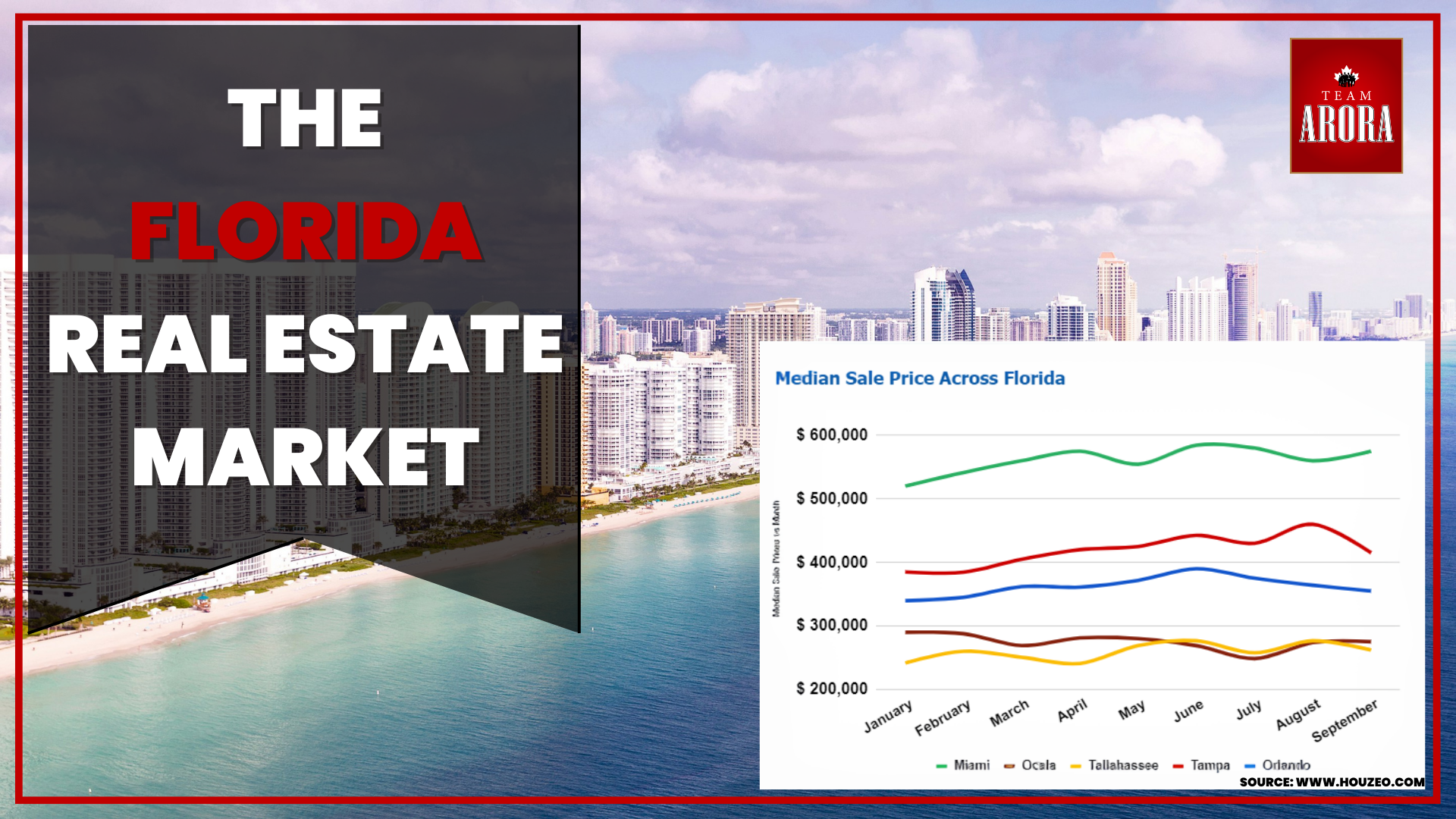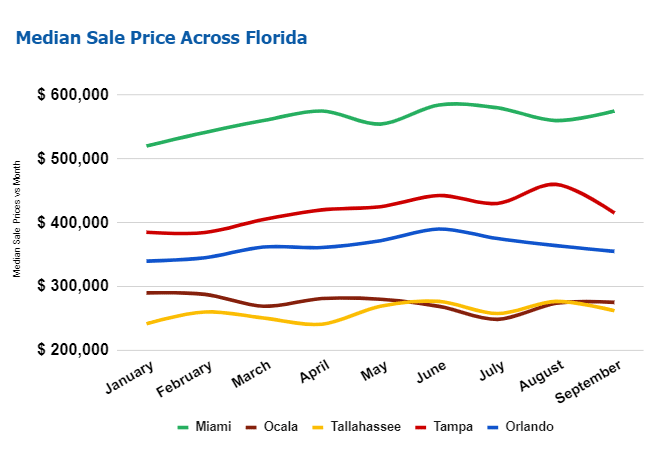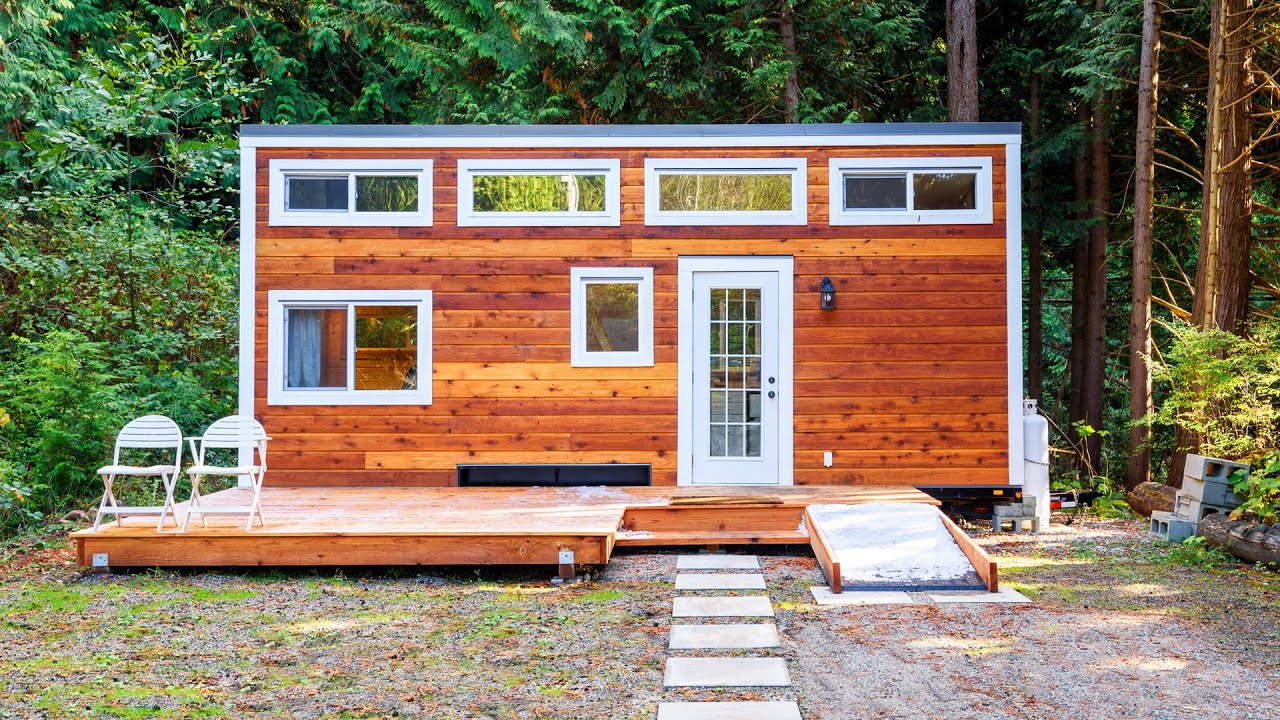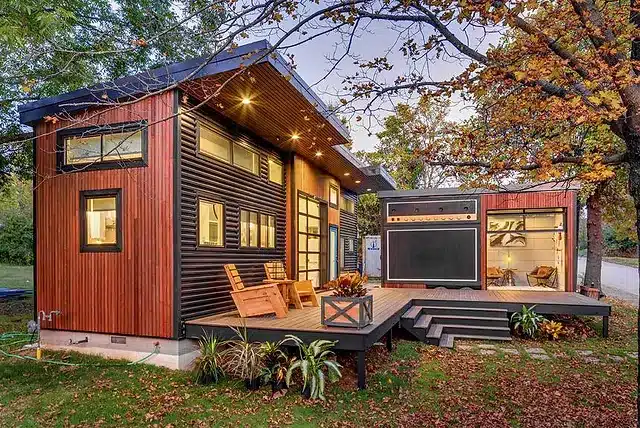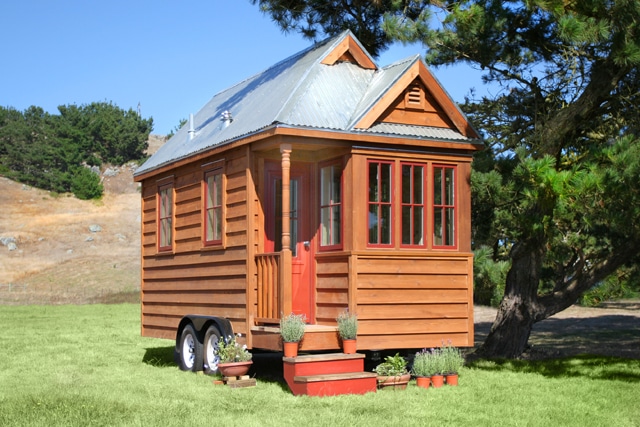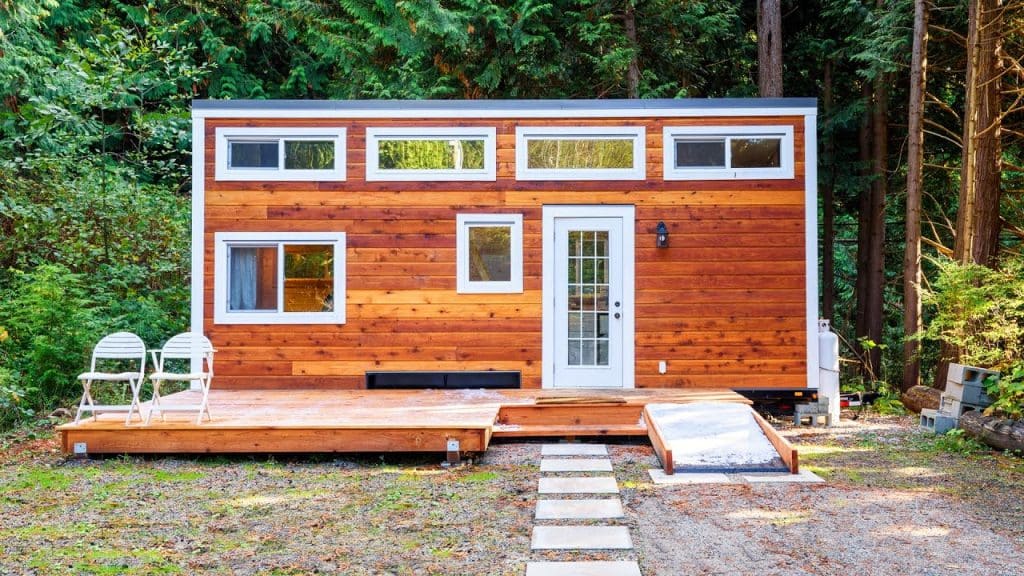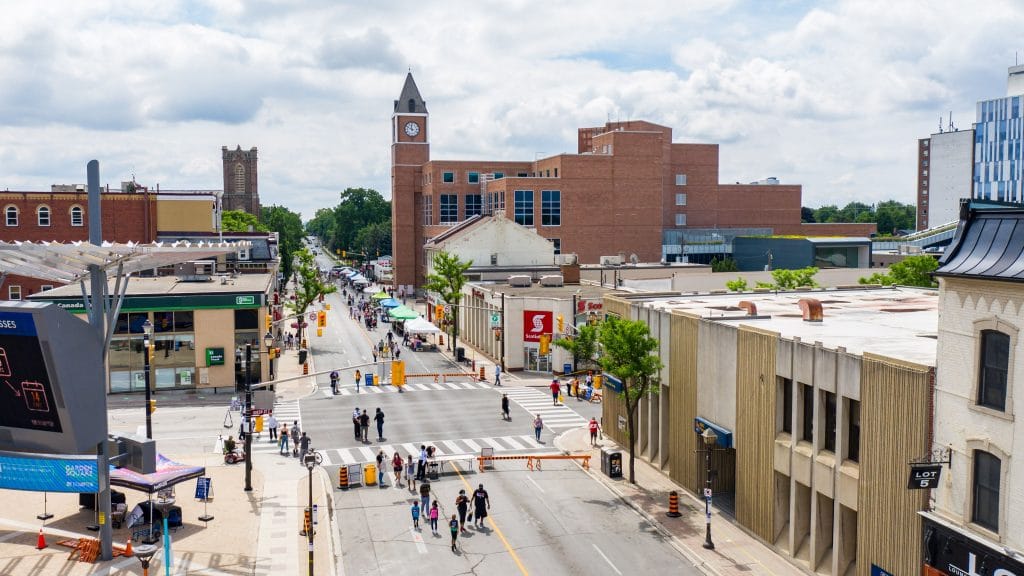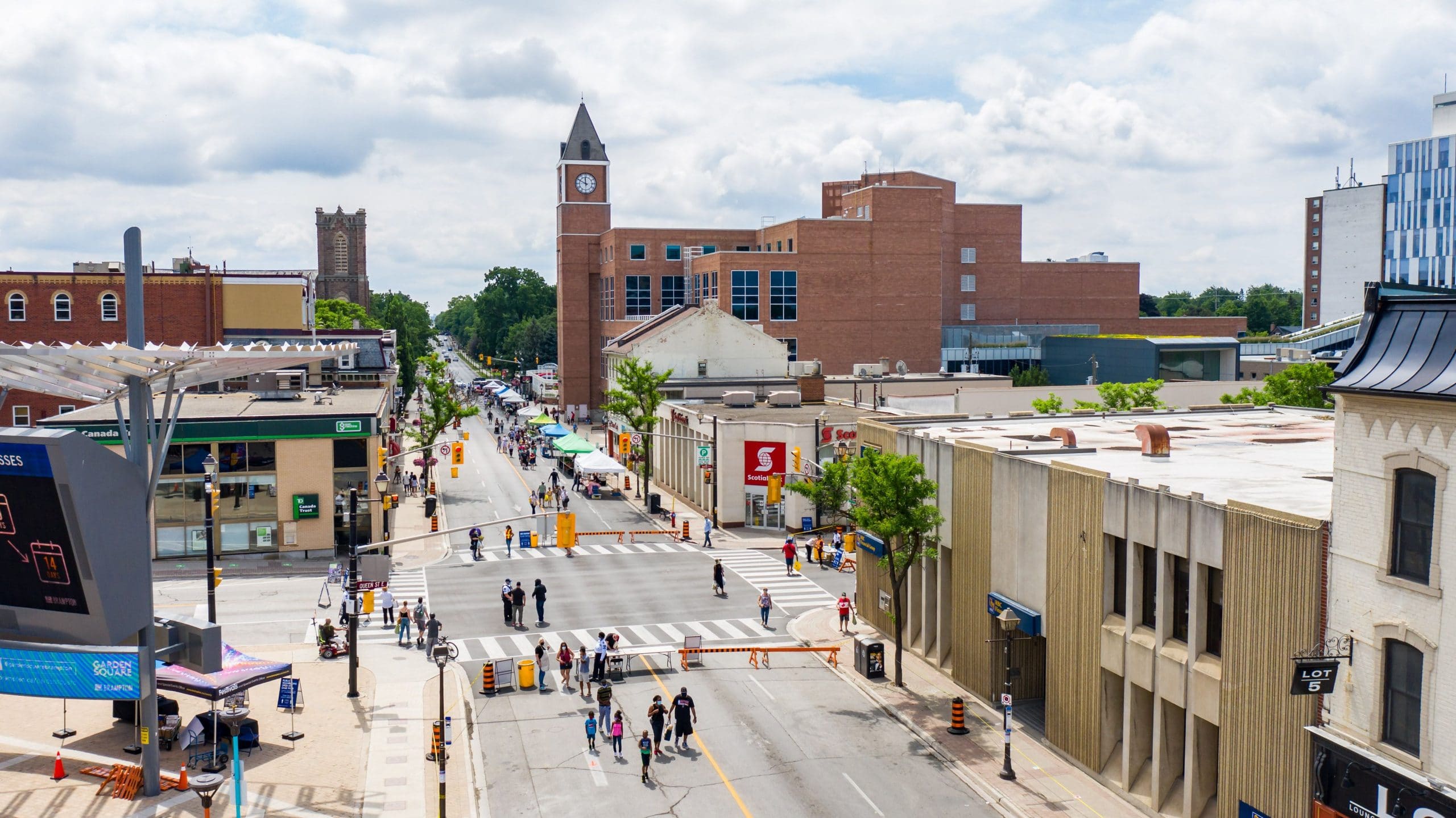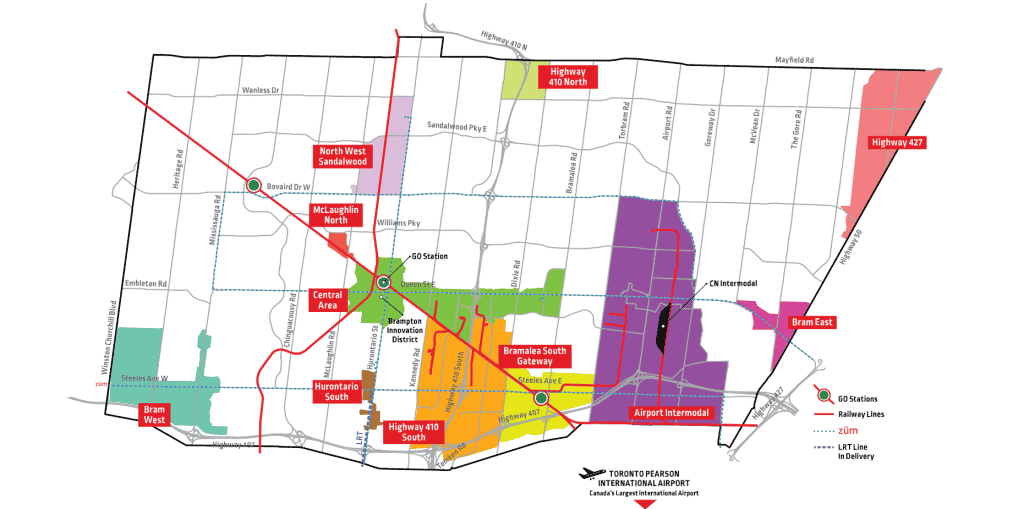In the ever-evolving landscape of the real estate market, understanding current trends is crucial for anyone looking to invest or manage property effectively. Recent shifts have shown a growing emphasis on sustainable and strategic land development, influenced by factors such as economic conditions, technological advancements, and changing consumer preferences. These trends not only affect the value and desirability of properties but also highlight the importance of informed decision-making in the real estate investment process.
Given the complexity and the significant financial stakes involved, entering the real estate market—particularly in land development—without a solid grasp of the intricacies can lead to missed opportunities or, worse, substantial losses. It’s not just about knowing where to invest, but also understanding the “Land development process” in its entirety, from site selection and acquisition through planning, zoning, and construction, to the eventual sale or lease of the developed property.
This blog post aims to demystify the land development process, offering strategic insights that can guide potential investors and current homeowners alike. By diving deep into the stages of land development, we will explore how each phase contributes to the overall success of a real estate project. Whether you’re a seasoned investor looking to expand your portfolio or a homeowner considering the development potential of your property, this post will provide the knowledge and tools you need to navigate the land development process with confidence.
Understanding the Market: A Snapshot of Current Real Estate Trends
Analyzing Recent Market Data
The real estate market is currently experiencing a transformative phase, with a notable shift towards sustainability and smart development practices. Analyzing recent market data reveals an increasing demand for properties that offer green amenities and technology-driven solutions. Urbanization continues to influence market dynamics, pushing the value of strategically located land parcels higher.
How Economic Indicators Affect Real Estate Values
Economic indicators such as GDP growth, employment rates, and consumer spending habits play a pivotal role in shaping real estate values. A robust economy typically signals a strong real estate market, as higher disposable incomes and consumer confidence encourage investment in property. Conversely, economic downturns often result in subdued real estate activity, affecting property values and investment returns. Monitoring these indicators can provide valuable insights into market trends, enabling investors to make informed decisions.
Investment Strategies for the Modern Real Estate Market
Long-term vs. Short-term Investment Strategies
Choosing between long-term and short-term investment strategies depends largely on the investor’s goals, risk tolerance, and market conditions. Long-term investments in real estate, often characterized by property development projects or buy-and-hold strategies, can yield substantial returns as property values appreciate over time. Short-term investments, such as flipping properties or developing land for immediate sale, offer quicker returns but come with higher risks and market volatility.
The Impact of Location and Property Type on Investment Potential
Location remains a key determinant of a property’s investment potential, with properties in prime urban locations or emerging markets often commanding higher prices and offering greater appreciation prospects. Similarly, the type of property—residential, commercial, or industrial—impacts investment potential, with each category responding differently to market trends and economic conditions. Understanding the nuances of location and property type can significantly enhance investment strategies in the land development process.
Navigating the Buy-and-Sell Process
Key Steps in the Buying Process
The buying process in real estate involves several critical steps, starting with market research and property identification. This is followed by due diligence, where potential investments are thoroughly evaluated for legal, environmental, and financial viability. Financing the purchase is the next step, requiring investors to secure funding through mortgages, loans, or investment partnerships. Finally, the transaction is completed with the property’s acquisition, setting the stage for development or resale.
Selling Your Property: Best Practices for a Profitable Sale
Selling a property, especially one that has been developed or improved, requires strategic planning and market savvy. Best practices include market timing, pricing the property competitively, and effective marketing to reach potential buyers. Enhancements and upgrades that increase property value can also lead to a more profitable sale. Additionally, understanding tax implications and legal requirements ensures a smooth transaction process.
Real Estate and Technology: Utilizing Digital Tools for Market Analysis
The advent of technology has revolutionized how market analysis is conducted in the real estate sector. Digital tools and platforms now offer comprehensive data analytics, enabling investors to assess market trends, property values, and investment opportunities with unprecedented accuracy. Geographic Information Systems (GIS), for instance, allow for detailed analysis of land use, zoning, and environmental constraints, crucial for land development projects. Online platforms provide real-time data on market movements, while virtual reality (VR) technologies offer immersive property tours, enhancing the buying and selling experience.
The land development process in the modern real estate market is complex but ripe with opportunities for informed investors. By understanding market trends, employing strategic investment approaches, navigating the buy-and-sell process effectively, and leveraging technology for market analysis, investors can maximize their real estate investments. As the market continues to evolve, staying informed and adaptable will be key to success in real estate development.
Q1: What are the most reliable indicators of a good real estate investment?
A1: Reliable indicators include positive cash flow potential, property location, market trends, rental yield, capital appreciation potential, and low vacancy rates. Factors such as economic stability, employment rates, and infrastructure developments in the area are also crucial.
Q2: How much impact does the location have on the property’s value?
A2: Location significantly impacts property value. Properties in desirable areas with access to amenities, transportation, schools, and job markets tend to appreciate more. Conversely, properties in less favourable locations may experience slower value growth.
Q3: What digital tools are recommended for real estate market analysis?
A3: Recommended digital tools for market analysis include:
MLS (Multiple Listing Services) for property listings.
Zillow and Trulia for trends, estimates, and comparables.
Google Analytics for analyzing website traffic.
CoStar for commercial real estate info.
BiggerPockets for networking and resources.
Q4: How can I mitigate risks when investing in real estate?
A4: Mitigate risks by conducting thorough due diligence, including market analysis and property inspection. Diversify your portfolio across different property types and locations, and maintain an emergency fund for unexpected expenses.
Q5: What are the first steps to take when looking to invest in real estate?
A5: First steps include:
Educating yourself on real estate basics.
Assessing your financial situation.
Defining your investment goals and strategy.
Conducting market research to identify investment opportunities.
Assembling a team of professionals (agent, lawyer, accountant) for assistance.




